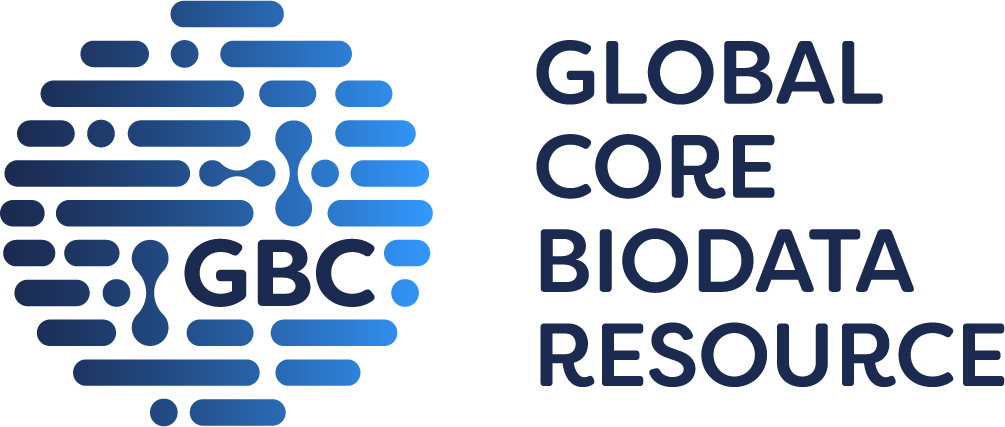
danirixin [Ligand Id: 8500] activity data from GtoPdb and ChEMBL
Click here for a description of the charts and data table
Please tell us if you are using this feature and what you think!
| ChEMBL ligand: CHEMBL3039531 (Danirixin, Danirixina, Danirixine, Gsk1325756, GSK1325756, GSK-1325756B, GSK1325756B) |
|---|
There should be some charts here, you may need to enable JavaScript!
|
There should be some charts here, you may need to enable JavaScript!
|
There should be some charts here, you may need to enable JavaScript!
|
There should be some charts here, you may need to enable JavaScript!
|
| DB | Assay description | Assay Type | Standard value | Standard parameter | Original value | Original units | Original parameter | Reference |
|---|---|---|---|---|---|---|---|---|
| α2A-adrenoceptor/Alpha-2a adrenergic receptor in Human (target type: SINGLE PROTEIN) [ChEMBL: CHEMBL1867] [GtoPdb: 25] [UniProtKB: P08913] | ||||||||
| ChEMBL | PDSP Secondary Binding target: ADRA2A - Compounds are tested at 10 uM concentration, plate are incubated at room temperature in the dark for 90 minutes. Reaction are stopped by vacuum filtration onto 0.3% polyethyleneimine soaked filter mats using Filtermate harvester. Scintillation cocktail is then melted onto microwave-dried filters on a hot plate and the radio activity is counted in Microbia counter. Compounds showing a minimum of 50% inhibition at 10 uM concentration are carried forward in this secondary binding assay to determine equilibrium binding affinity. | B | 5 | pKi | >10000 | nM | Ki | EUbOPEN Chemogenomics Library - PDSP Secondary Binding |
| CX3CR1/C-X3-C chemokine receptor 1 in Human (target type: SINGLE PROTEIN) [ChEMBL: CHEMBL4843] [GtoPdb: 74] [UniProtKB: P49238] | ||||||||
| ChEMBL | GPCR PRESTO-Tango dose-response in antagonist mode with target: CX3CR1 | F | 6.1 | pEC50 | 800.53 | nM | EC50 | EUbOPEN Chemogenomics Library - GPCR Dose-Respose |
| CXCR1/Interleukin-8 receptor A in Human (target type: SINGLE PROTEIN) [ChEMBL: CHEMBL4029] [GtoPdb: 68] [UniProtKB: P25024] | ||||||||
| ChEMBL | Displacement of [125I]IL8 from recombinant human CXCR1 expressed in CHO cell membranes measured after 1 hr by TopCount scintillation counting method | B | 4.52 | pIC50 | <30000 | nM | IC50 | US-20070249672-A1. IL-8 Receptor Antagonists (2007) |
| CXCR2/Interleukin-8 receptor B in Human (target type: SINGLE PROTEIN) [ChEMBL: CHEMBL2434] [GtoPdb: 69] [UniProtKB: P25025] | ||||||||
| ChEMBL | Binding affinity to CXCL2 (unknown origin) | B | 8.2 | pKd | 6.31 | nM | Kd | J Med Chem (2023) 66: 12911-12930 [PMID:37523859] |
| ChEMBL | Binding affinity to NanoLuc fused Snap CXCR2 (unknown origin) expressed in HEK293 cell membrane assessed as inhibition constant using furimazine as substrate incubated with substrate for 5 mins and measured every 15 secs for 60 mins by luminescence based NanoBRET fluorescent binding assay | B | 8.71 | pKi | 1.95 | nM | Ki | J Med Chem (2023) 66: 12911-12930 [PMID:37523859] |
| ChEMBL | Displacement of [125I]IL8 from recombinant human CXCR2 expressed in CHO cell membranes measured after 1 hr by TopCount scintillation counting method | B | 4.52 | pIC50 | <30000 | nM | IC50 | US-20070249672-A1. IL-8 Receptor Antagonists (2007) |
| GtoPdb | - | - | 7.9 | pIC50 | 12.5 | nM | IC50 | BMC Pharmacol Toxicol (2015) 16: 18 [PMID:26092545] |
| ChEMBL | Displacement of [125I]-CXCL8 from human CXCR2 transfected in CHO-K1 cell membrane incubated for 45 mins by scintillation proximity binding assay | B | 7.9 | pIC50 | 12.5 | nM | IC50 | Eur J Med Chem (2023) 250: 115175-115175 [PMID:36780833] |
| ChEMBL | Antagonist activity at CXCR2 (unknown origin) expressed in CHO-K1 cells co-expressing Galpha-16 assessed as inhibition of IL8-induced calcium mobilization measured after 10 mins by Fluo-4AM dye based FLIPR assay | F | 8.3 | pIC50 | 5 | nM | IC50 | US-20070249672-A1. IL-8 Receptor Antagonists (2007) |
ChEMBL data shown on this page come from version 35:
Zdrazil B, Felix E, Hunter F, Manners EJ, Blackshaw J, Corbett S, de Veij M, Ioannidis H, Lopez DM, Mosquera JF, Magarinos MP, Bosc N, Arcila R, Kizilören T, Gaulton A, Bento AP, Adasme MF, Monecke P, Landrum GA, Leach AR. (2024). The ChEMBL Database in 2023: a drug discovery platform spanning multiple bioactivity data types and time periods. Nucleic Acids Res., 52(D1). DOI: 10.1093/nar/gkad1004. [EPMCID:10767899] [PMID:37933841]
Davies M, Nowotka M, Papadatos G, Dedman N, Gaulton A, Atkinson F, Bellis L, Overington JP. (2015) 'ChEMBL web services: streamlining access to drug discovery data and utilities.' Nucleic Acids Res., 43(W1). DOI: 10.1093/nar/gkv352. [EPMCID:25883136]







